DULUTH — City leaders got a sneak peek and showed off the progress being made at U.S. Steel Corp.’s former Duluth Works site the only way they could Wednesday morning: They loaded a crowd of the curious aboard a train.
A Lake Superior & Mississippi Railroad crew made a special trip down its waterfront line to provide a closer view of the $165 million project.
ADVERTISEMENT
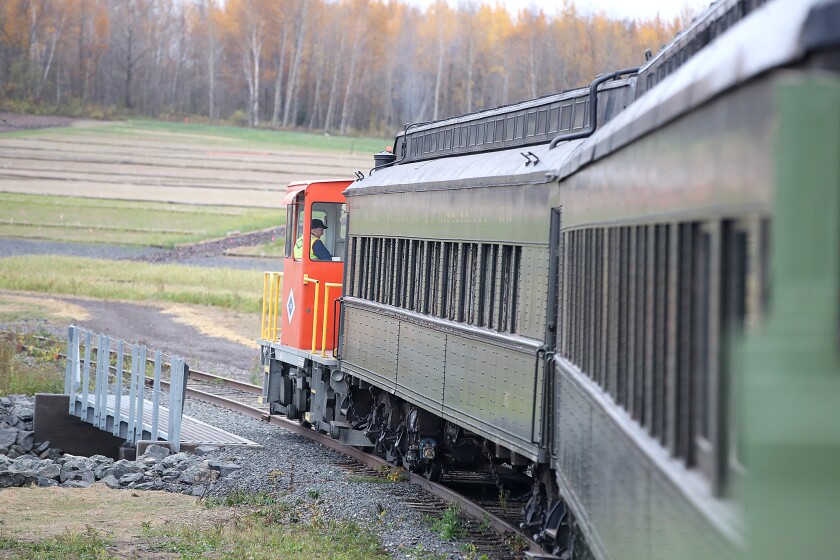
Project manager Mark Loomis said the cost will be split, with the U.S. Environmental Protection Agency picking up 49% of the tab and U.S. Steel paying the remainder, as part of a cost-share agreement forged under the Great Lakes Legacy Act.
U.S. Steel operated a sprawling industrial complex on the banks of the St. Louis River from 1902 until 1974, leaving the property to sit, fenced off and idle, for decades. It was designated a Superfund site, due to contaminants left behind, long after the buildings there had been removed.
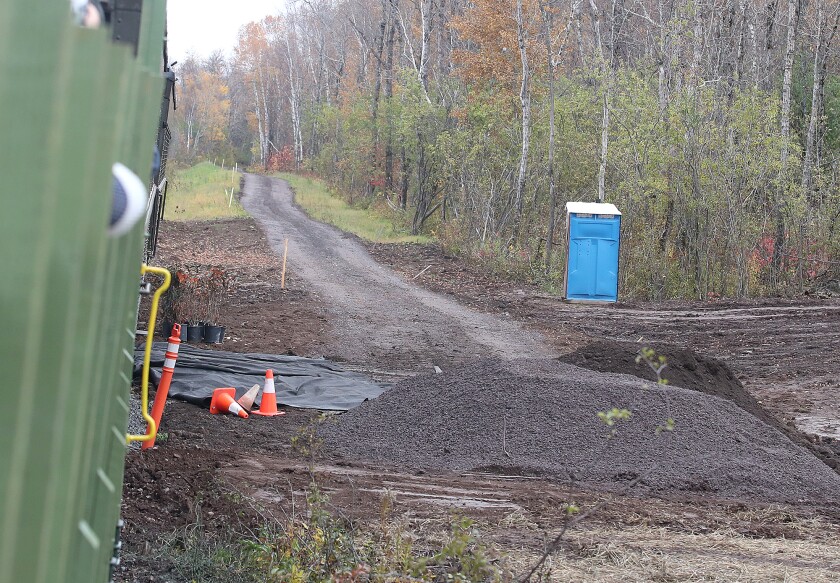
Duluth City Council President Janet Kennedy, who represents the city’s westernmost district, praised the investment being made to revitalize the area, which was once home to dense stands of manoomin, or wild rice, and later provided decades of valuable employment for local residents. She said the waterfront property is “important to Anishinaabe people but also to the people of western Duluth.”
“Now that we’re reinvesting in it, I believe the community will love it even better,” Kennedy predicted.
Mayor Emily Larson said the cleanup project not only provides for a safer, cleaner site and river, but also will open the area up for new recreational opportunities.
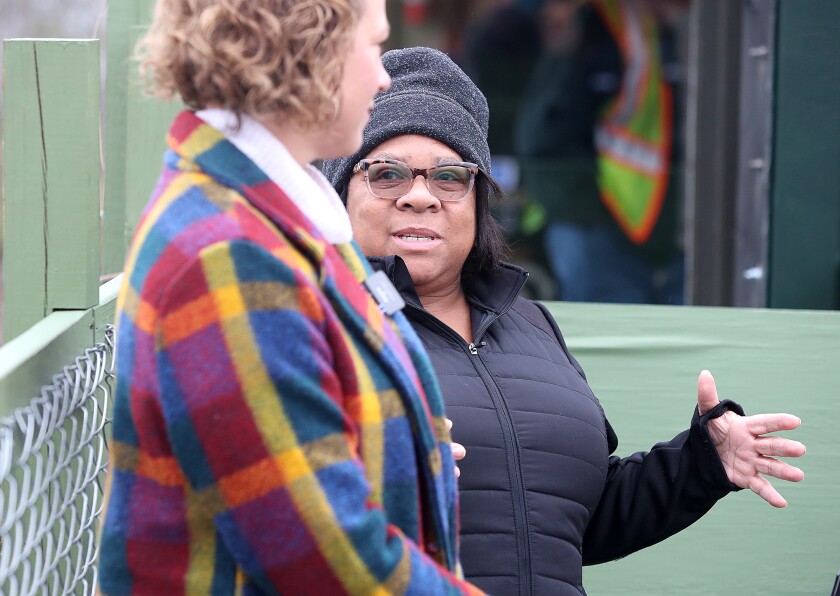
“When the sediment remediation project is complete next summer, the city will open up a 92-acre restored and permanently protected riverfront public green space,” she said.
Larson went on to describe how the cleanup will allow for a 1.3-mile extension of the Waabizheshikana — or Marten — Trail , formerly known as the Western Waterfront Trail. A spur off that 10-foot-wide multipurpose recreational path will provide access to a 21.5-acre peninsula via a 1-mile long looped wheelchair-accessible trail. The project has also restored and renewed LS&M infrastructure, for the volunteer-run scenic railroad.
ADVERTISEMENT
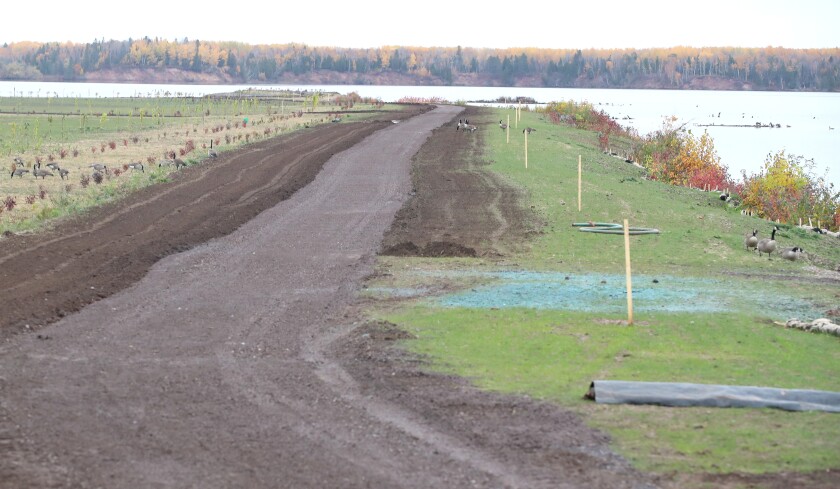
“This is a project that brings together so many values and assets in this community,” Larson said. “What was once an important and thriving industrial site had, of course, the impact of ecological degradation and pollution, and with U.S. Steel and the EPA, we are now able to re-envision something so different here, something very healthy that is still in keeping with the heritage of this community and our land and our people, but is expansive in who can benefit from it and enjoy it.”
While U.S. Steel has been talking and developing plans for the site with federal authorities since 2011, Loomis said the actual physical work on the massive restoration began in earnest 38 months ago . “So, it’s taken quite a bit of time for us to do this project, and we’re not quite finished.”

The project extended into the river, where 138 acres of habitat are being restored with the introduction of more than 360,000 native aquatic plants. Loomis acknowledged it will take years for those plants to truly become established.
“We really encourage folks to give this space time. You know, the river is bringing life into here, but we also need to let these plants grow,” he said.
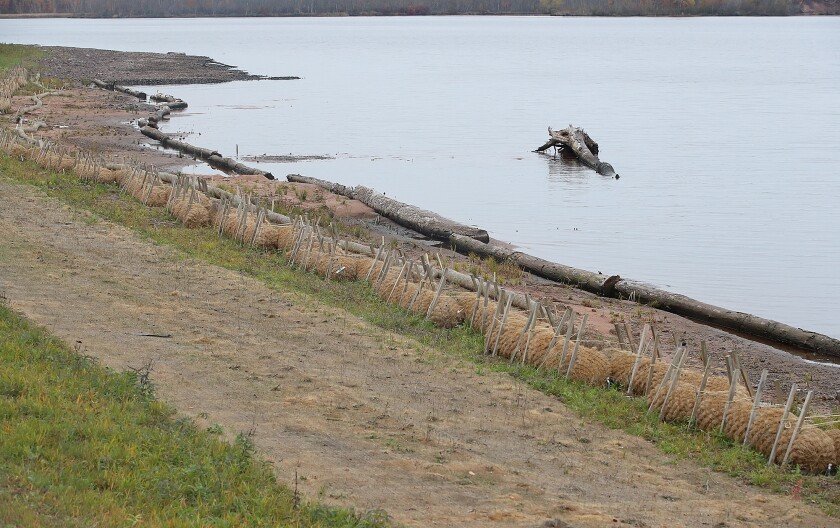
Mark Rupnow, a U.S. Steel representative, said the company “has a great history here in Northern Minnesota but especially in the Duluth area.”
“This site here fed many families over the decades. So, we’re happy to see it get to the state it’s in today," he said.
Kris Eilers, executive director of the St. Louis River Alliance, thanked neighbors and the many project partners for their vision and tenacity to see the site cleaned up and reclaimed.
ADVERTISEMENT
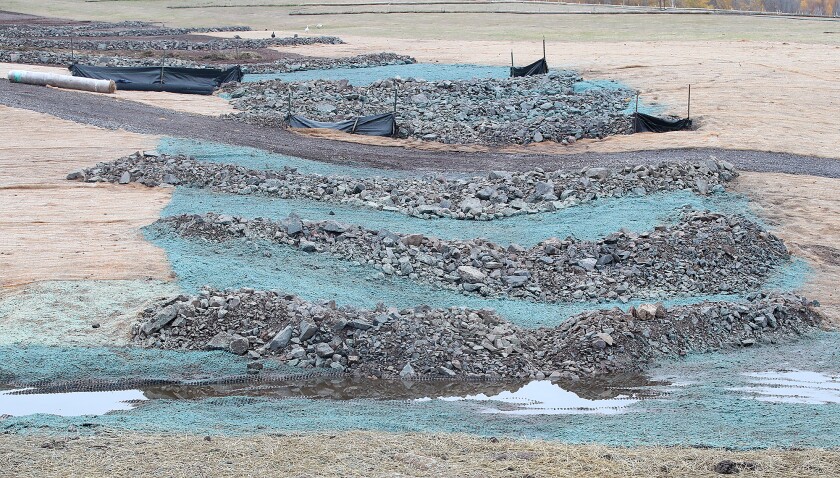
“The alliance has been working to help connect people back to the river, and now that some of these projects are being completed, we can do more of that,” she said.
Eilers referred to the project as “nothing short of a miracle,” and said, “This river recovers so well when we stop hurting it. So, we want people to experience it, because when they do, they fall in love with it, and then they want to protect it even more.”
















